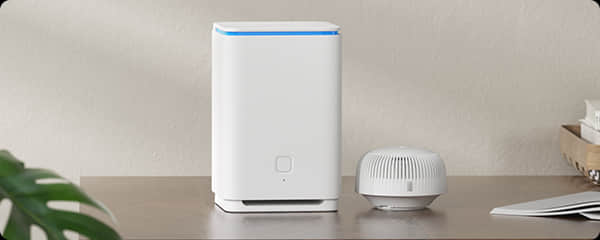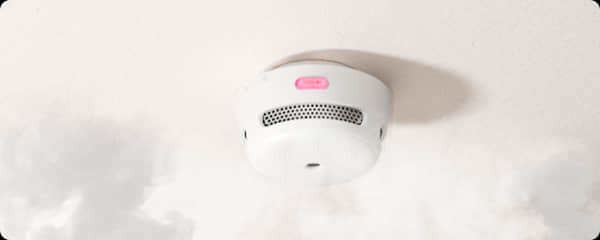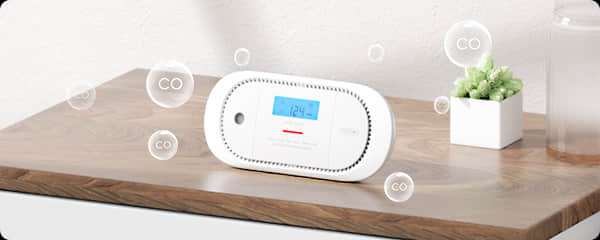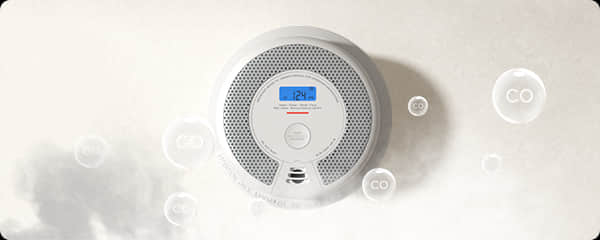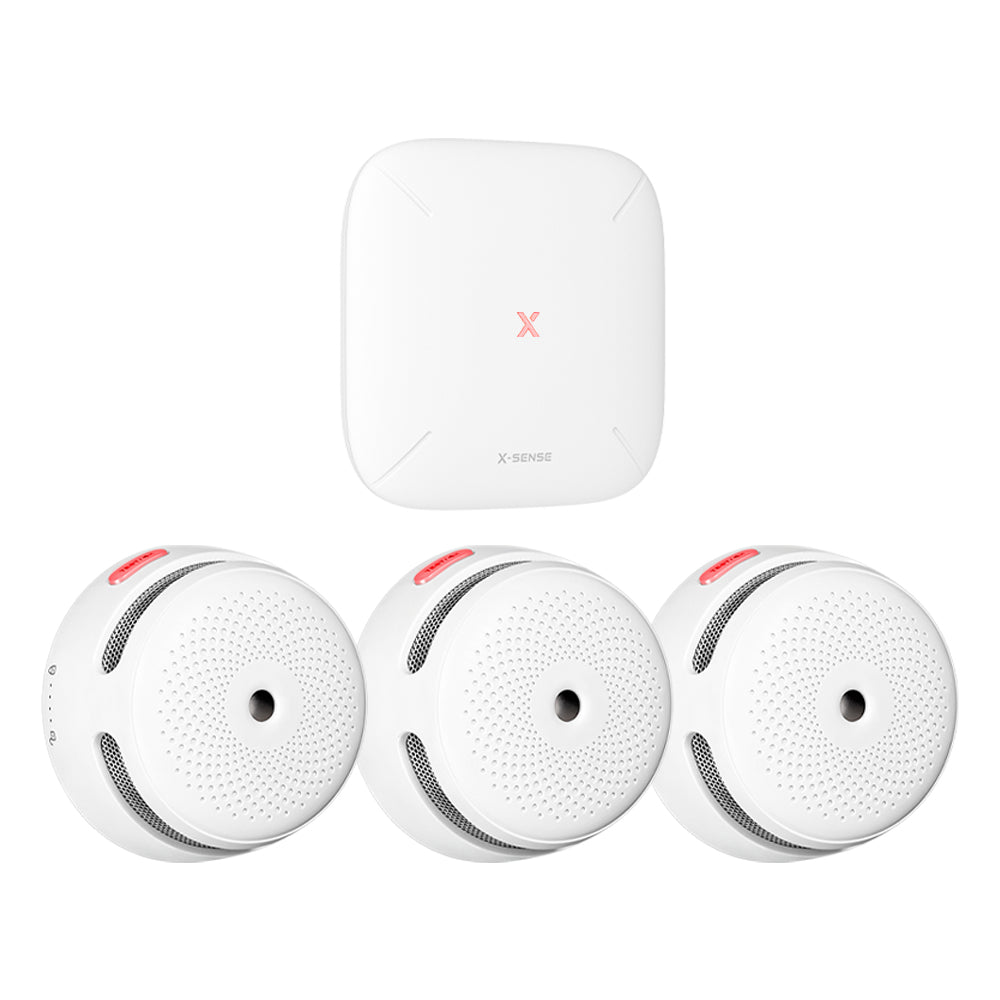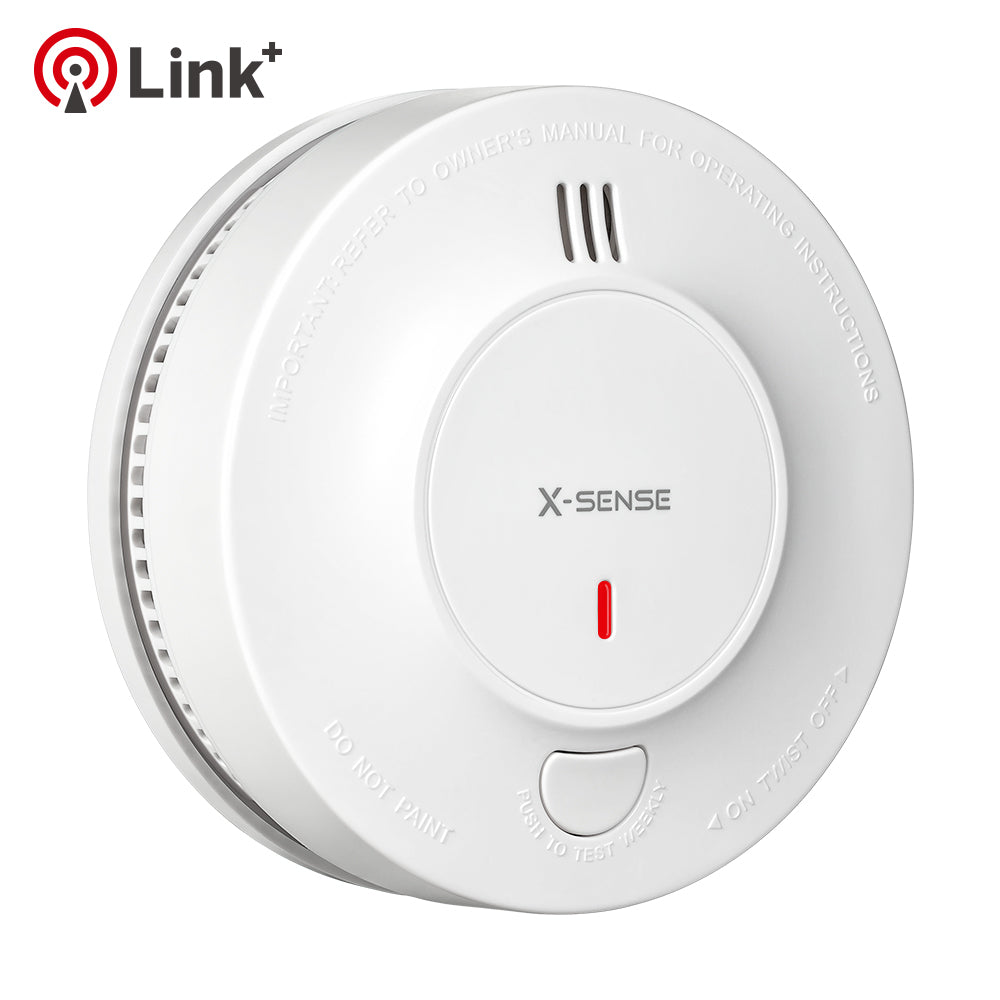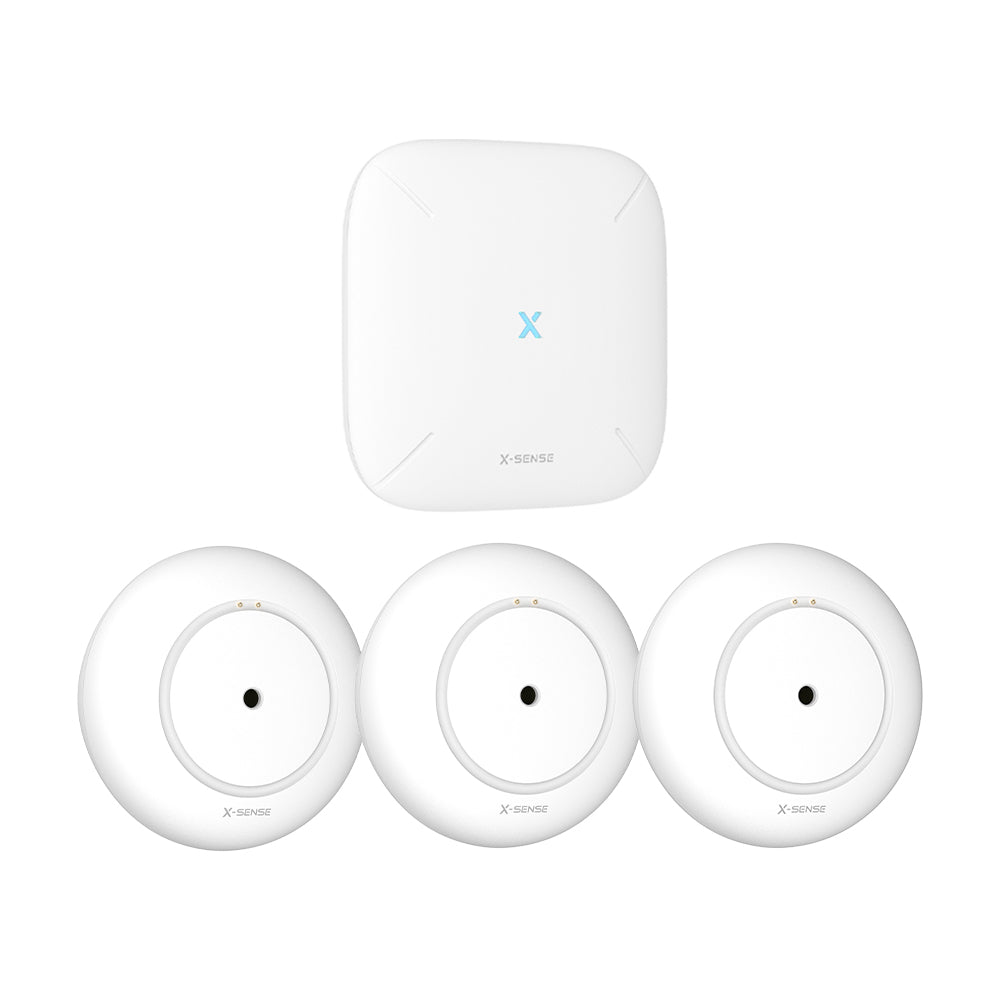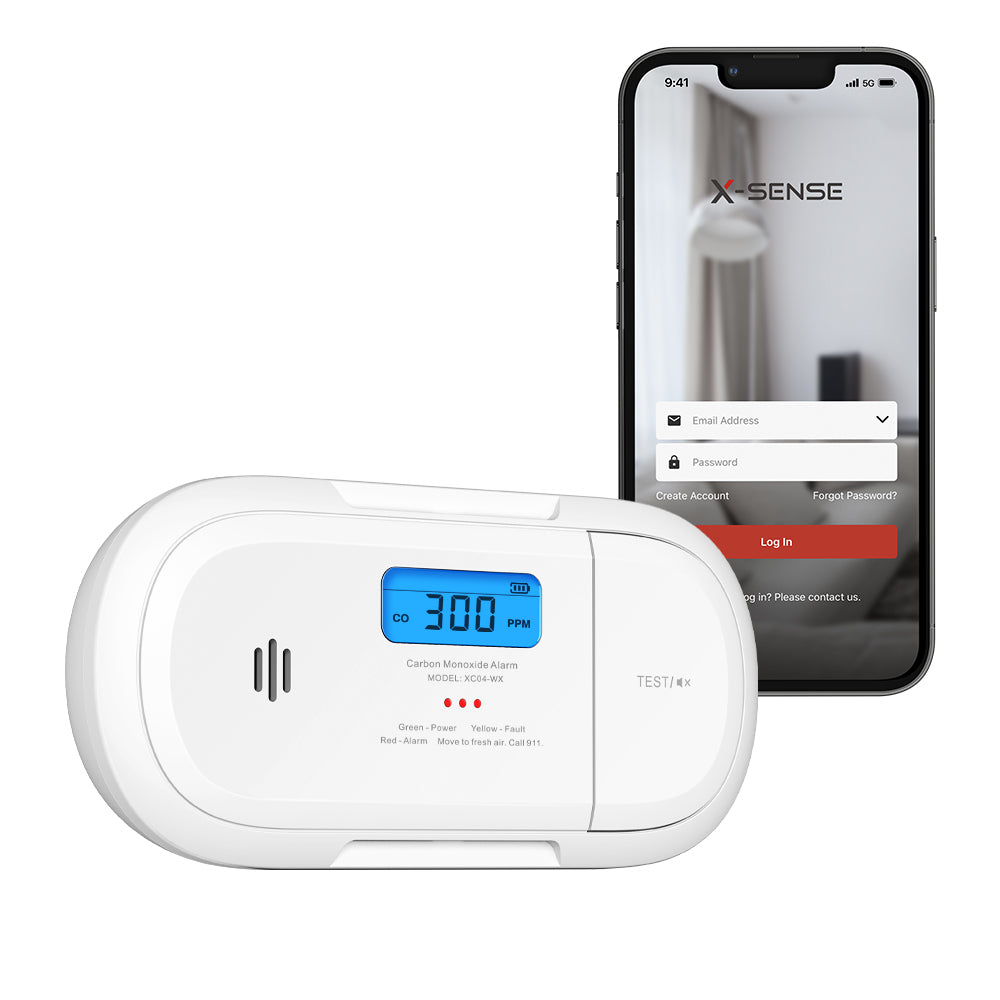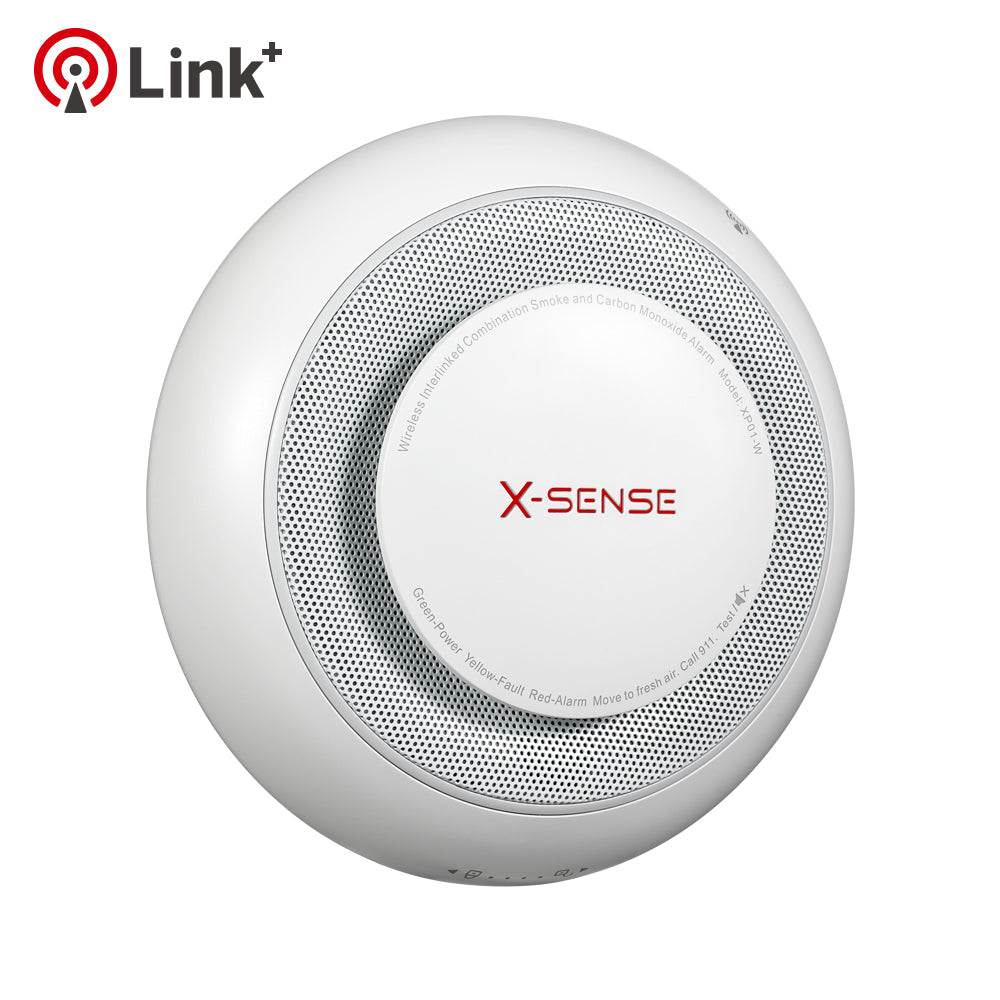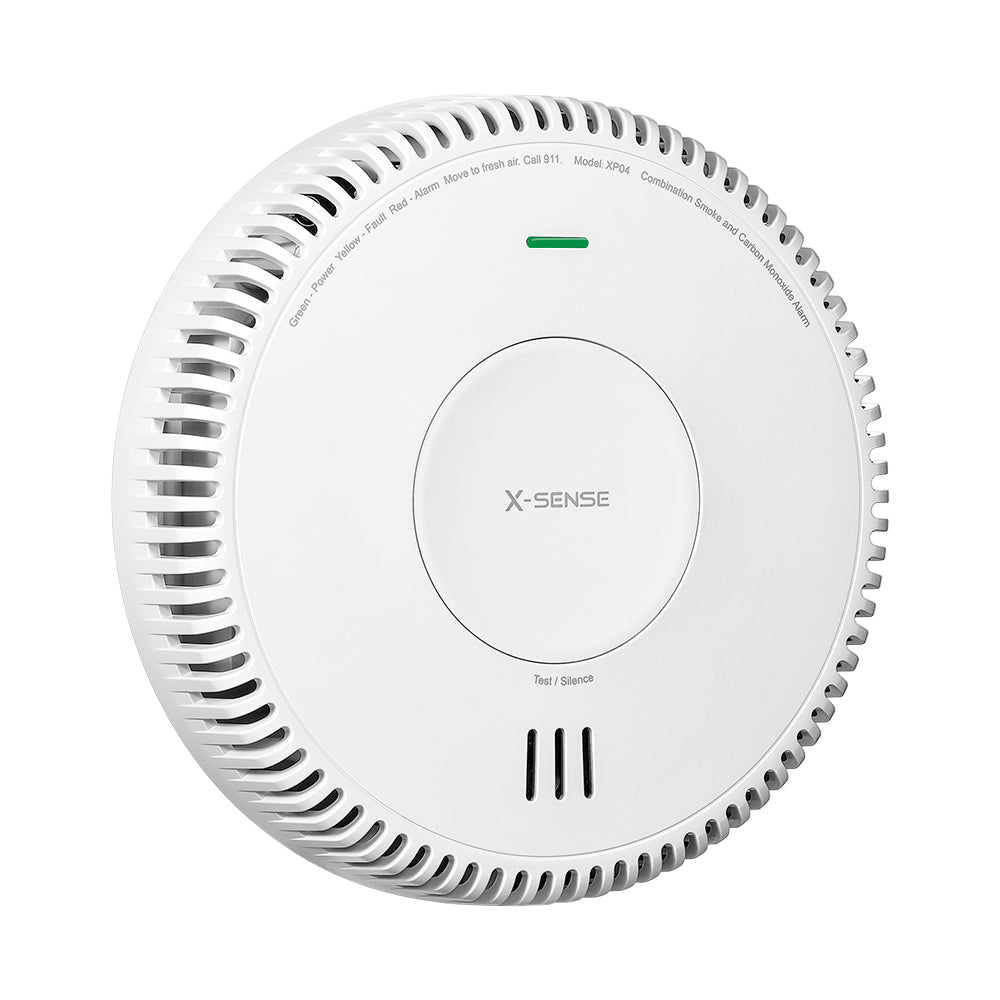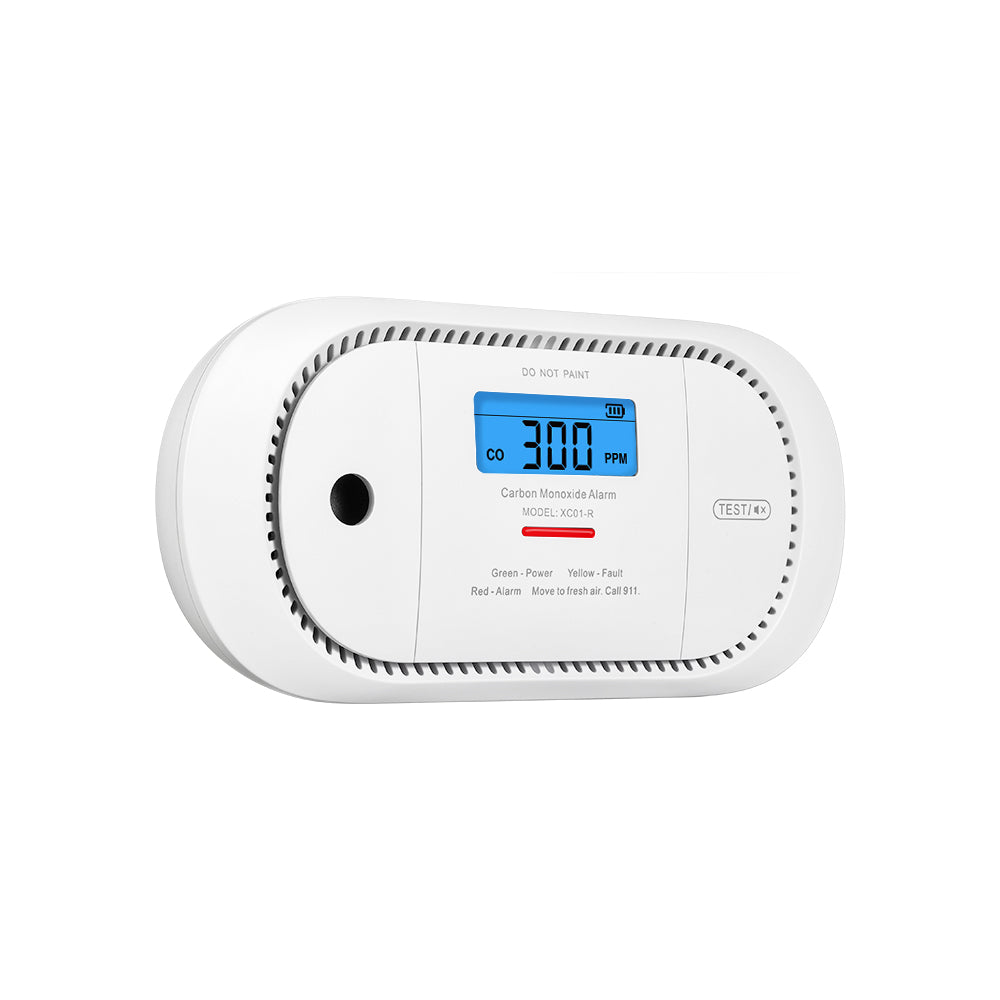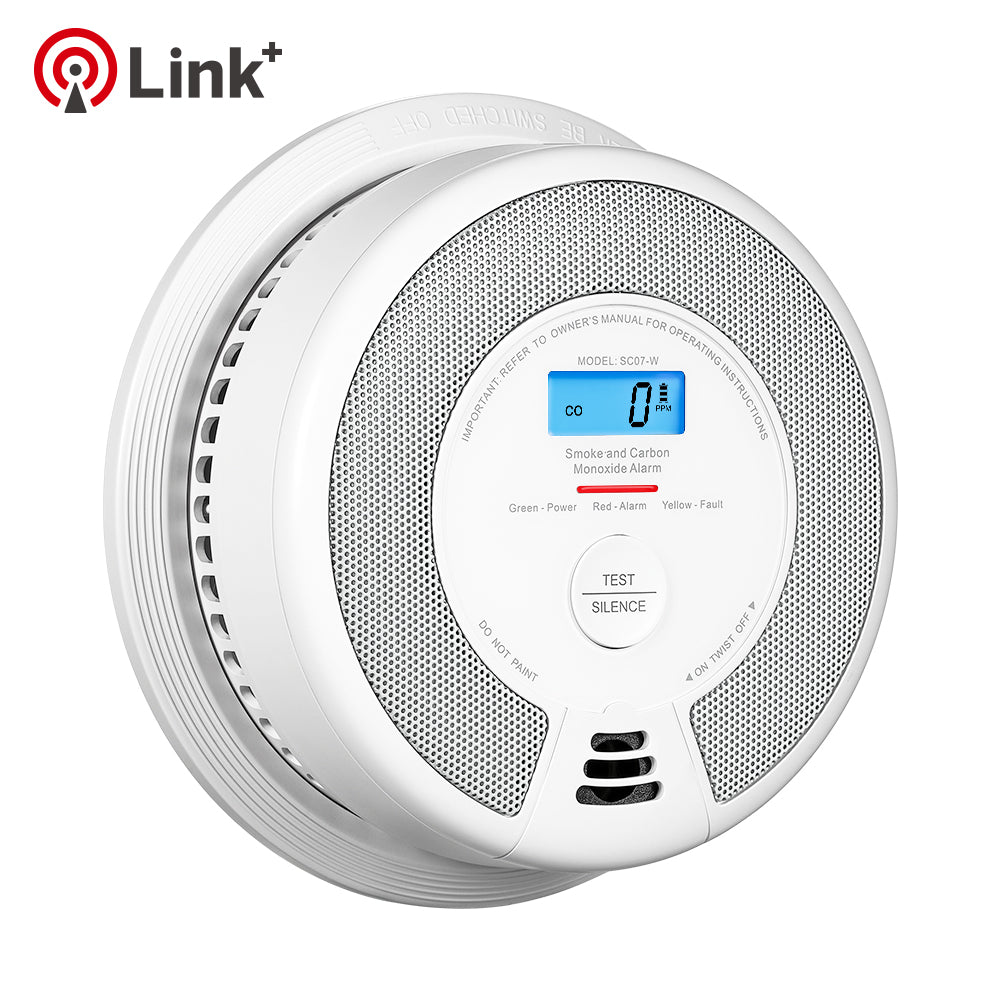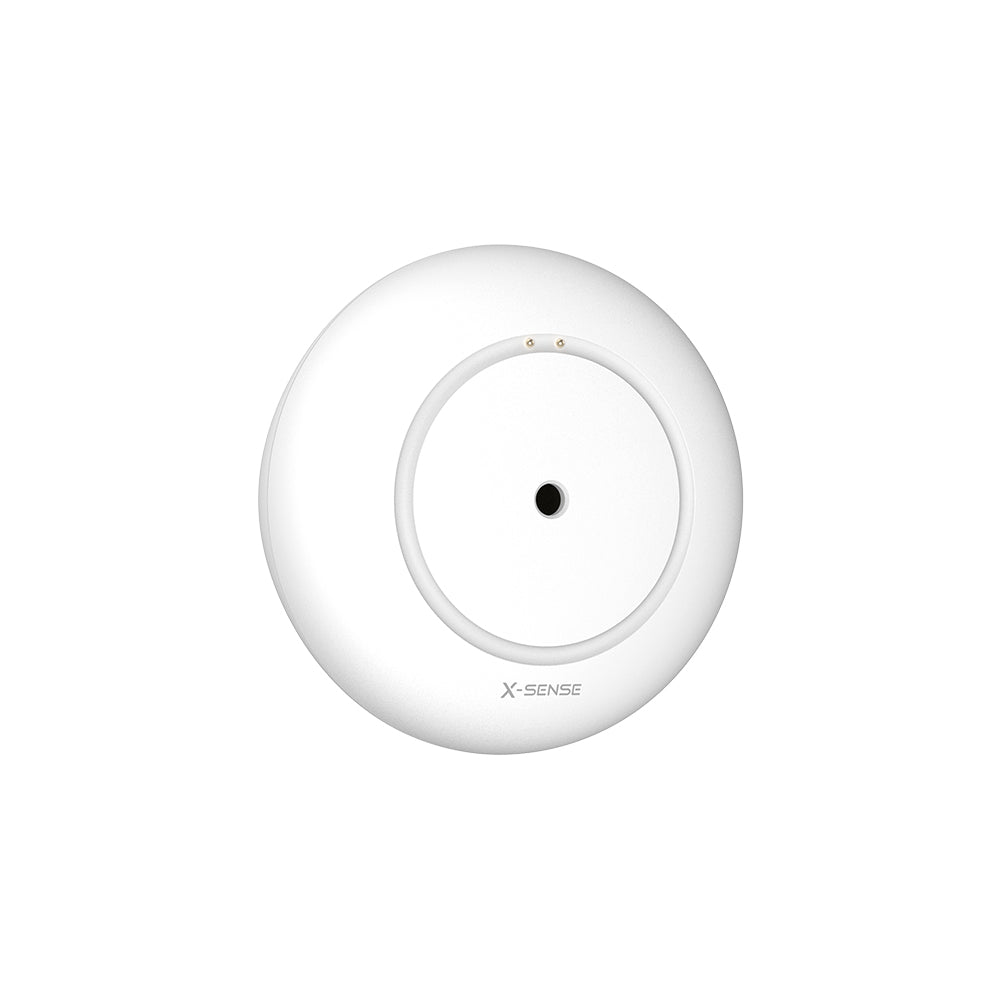Where to Place Carbon Monoxide Detector
Thu, Jun 11, 2020
When it comes to your, and your family’s safety, a smoke alarm and carbon monoxide detector are two fantastic places to start. Smoke isn’t always visible and it can be easy to accidentally leave on a hob or oven and create a serious fire hazard. When this happens, your worst-case scenario would be finding your kitchen ablaze. Your best-case scenario would be a fire alarm quickly warning you before the flames have a chance to start. Similarly, carbon monoxide detectors offer you the opportunity to curb disaster before it strikes. Carbon monoxide is invisible; making it impossible to detect without a specialized detector. This article will walk you through where you need to place both your fire safety device and carbon monoxide detectors to keep your home safe.
Why Need Install a Smoke and Carbon Monoxide Alarm
First off, we will address exactly why you need to install a smoke detector in your home. Despite a fire being, by its very nature, obvious, the signs of a fire starting might not be. Smoke detectors provide a unique loophole in a fire’s development by informing you of an upcoming hazard or risk before it has the chance to escalate into something far more destructive. Carbon Monoxide is even more elusive than a fire hazard. Although you might sometimes be able to see smoke or remember a fire hazard (such as leaving the oven on), it’s far harder to identify carbon monoxide leaks as the gas is both odorless and colorless, making it completely invisible to the human senses. To make matters worse, Carbon Monoxide can be deadly, with initial symptoms including dizziness, vomiting, and nausea, before escalating into complete unconsciousness and even death. Installing a carbon monoxide detector means that your home is secured against any risk, ensuring a safe environment.
Where to Place Smoke Alarms and CO Detectors in Your Home
So, now we’ve determined that both a smoke detector and a carbon monoxide detector are household staples, we will now establish exactly how to place them in your home. Although the positioning of smoke and carbon monoxide alarms can be established by local building codes, the National Fire Protection Association has published standard recommendations that the building codes themselves are based on. We’re going to be tailoring our advice on alarm positioning around the National Fire Protection Association’s work.
1. Where to Position Your Smoke Alarm
Discerning exactly which room needs a smoke alarm can be confusing. Luckily, it’s pretty simple. A smoke alarm needs to be installed in every bedroom, and outside every sleeping area. An alarm also needs to be installed on each level of the home; even the basement. Levels that don’t have bedrooms should have an alarm installed in the living room (or family room), or near the staircase to the upper floor. To be extra safe, you could install an alarm in both locations.
- If you’re lucky enough to have a basement, you’ll be looking to install your alarm at the end of the stairs leading to the upper level, just on your ceiling. Basements are prone to fires and are often forgotten when placing alarms, definitely ensure your safety by installing one.
- In the kitchen smoke alarms should be installed at least 10 feet (3 meters) away from cooking appliances; this minimizes false alarms when cooking.
- An ideal location for a smoke alarm is on the wall and not the ceiling. Experts note that some fires tend to fill the ceiling area with gases that push the smoke downwards, away from any ceiling alarms. If you’re planning on mounting your smoke alarm on the wall, ensure that it is no more than 12 inches away from the ceiling (from the top of the alarm). This will allow the alarm to detect smoke at the absolute earliest opportunity. Alternatively, smoke alarms can be mounted on your ceiling.
- If your ceilings are pitched, install your alarm within 3 feet of the peak, measuring at least four inches down to avoid the apex of the peak.
- Do not install smoke alarms near a window, door or, a duct; as drafts can manipulate readings and interfere with effective operation.
- Never paint your smoke alarm. Paint, decorations or, even stickers, could inhibit your alarm from working effectively.
- Interconnected smoke alarms offer the best protection – if one alarm sounds, they all will. Interconnection can be achieved with both hard-wiring and wireless technology.
- If you have interconnected your alarms, ensure that every alarm is from the same manufacturer. If alarms are incompatible, they may not go off.
2. Carbon Monoxide Detector Placement
Now we’ve established exactly where smoke alarms are best placed, lets go through ideal locations for carbon monoxide detectors.
- Ideally, CO detectors should be fitted within each major room within your room; namely, the kitchen, living/dining room, bedrooms, and office. If you live with anyone that might be vulnerable, such as an elderly relative or children, ensure that they have alarms outside their bedrooms.
- If your home has multiple stories, place at least one carbon monoxide detector at the staircase to the next level.
- If your basement has a furnace, ensure that a CO detector is placed there too.
- If you happen to have a gas clothes dryer, install a CO detector in the laundry room.
- If you use your garage for your vehicles, ensure that a CO detector is installed.
When it comes to placing the detector, there’s some debate surrounding the best location. Some instruction manuals and online guides recommend installing your detector on the ceiling. This isn’t widely accepted – although Carbon Monoxide has a lower density (and therefore is lighter) than normal air when CO is built up, this tends to be due to a heat-source incorrectly burning fuel. This means that regular air is heated, forming a pocket under the ceiling and potentially preventing the carbon monoxide from getting to a detector placed on the ceiling. Due to this, we recommend always installing your carbon monoxide on a wall instead, ideally about a few feet under the top of your ceiling. If the carbon monoxide detector you’ve purchased happens to have a digital display, try placing it at just above eye-level. This means that you’ll be able to easily read it. Alternatively, if your home has exposed beams that are below the ceiling, feel free to install your detector there.
Now we’ve gone through exactly which room, and where within that room is best, we will now establish what is best avoided when you’re placing your detector. The main factor you’re working against is a false reading. To ensure that your alarm only goes off when needed, place the detector around 15 feet minimum from any heat or burning source that might use fossil fuels.
These might include:
- A kitchen-stove that uses gas, or an oven.
- A furnace
- Fireplaces
Your carbon monoxide detector will be specifically built to work within a threshold regarding both the level of heat and the level of humidity. Therefore the following locations are also unsuitable:
- Bathrooms
- In any sunlight that hits directly
- In local proximity to a heat-generating source
Other locations that compromise safety include:
- Anywhere children can reach
- Open windows or near air vents
- Behind a curtain, or any structure that could prevent Carbon Monoxide from reaching the sensor.
So far, we’ve established the reasons why smoke detectors and carbon monoxide detectors are crucial home staples. We’ve gone through recommended positioning, detailing alternative approaches, and providing logic for our supported approach. We’ve mentioned every room that a detector needs to be installed in, as well as explained exactly where within that room will provide an optimal result. By reading this article, we hope you feel confident in installing both a smoke alarm and carbon monoxide detector in your home safely, and effectively.
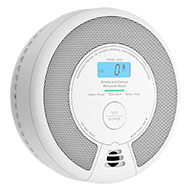
X-Sense Combination Smoke and Carbon Monoxide Detector
- Sealed 10-year lithium battery power supply lasts for the entire life of the alarm.
- 2-in-1 smoke and CO detector with dual photoelectric and electrochemical sensors.
- A single button to test the alarm and temporarily silence nuisance alarms.
- Easy to install onto any wall or ceiling without an electrician.
- Meets the UL 217, UL 2034 (US) and EN 14604, EN 50291 (EU) safety standards.
$39.99
